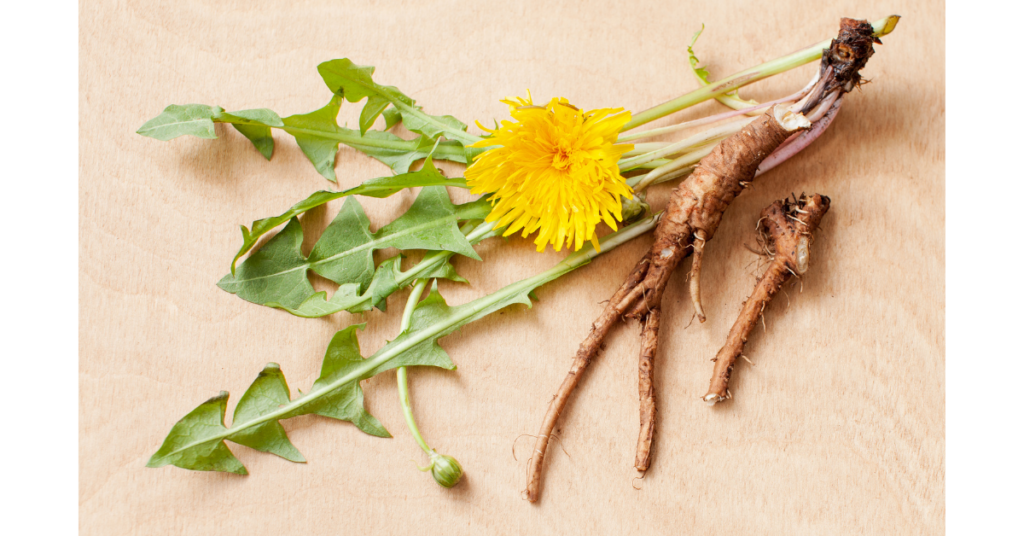Dandelion (Taraxacum officinale)
Have you ever wonder why as a child they’d say that if you picked a dandelion, you’d wet the bed? Well the folk belief is based on the fact that this herb is a diuretic.
Derived from the French ‘dent-de-lion’, the English ‘lions teeth’ aptly describes the shape of this herb’s leaves.
It is a good food source, and leaves are often used in salads. Its dried ground roots have traditionally been used as a coffee substitute, and with a vitamin A content higher than the levels found in carrots, it appears to be very nutritious.
Other names: Puff ball, wet-the-bed, pee-in-the-bed, piddlabed.
Description and the places it grows in
Native to Europe and Asia. Roots are collected from June to August. It is a variable perennial with yellow flowers, flowering late spring to mid-summer.
Parts used
Roots and leaves.
Uses
Diuretic, cholagogue, choleretic, laxative, bitter tonic, stomachic.
Diuretic: An effective and safe source of potassium, which is useful as synthetic diuretics cause potassium to be lost from the body.
Rheumatism: Cleanses blood and tissues.
Warts: The sap obtained from the stem is said to be effective on warts.
Liver / gallbladder: Cleanses and increases bile flow due to taraxacin. Good for livers that are sluggish as a result of too much alcohol intake and / or a poor diet. It is rich in lecithin, which is a substance that protects against cirrhosis of the liver.
Constituents
Sesquiterpene, eudesmanolide, and germacranolide.
Contraindications
Do not use if you have gallstones or any other obstruction of the bile duct. Do not use if you have ulcers or gastritis as this herb causes stomach to produce acid. The milky latex in the stem may cause skin allergies in some.

